Situated right in the center of Brooklyn, Green-Wood Cemetery is a historic site that spans 478 acres, encompassing a rich blend of nature, history, and cultural significance. Surprisingly, both tourists and locals often overlook this remarkable place. Once considered one of New York City’s most popular attractions, Green-Wood has now transformed into a hidden gem of Brooklyn. Having lived in New York City my whole life, I felt it was finally time to explore this fascinating location!
As soon as I walked through the impressive gates of Green-Wood Cemetery, I instantaneously felt transported to a different era, one that many New Yorkers are not familiar with. Through various guided tours, I appreciated the vast natural beauty and gained insight into New York’s history, including the intriguing stories of those interred within, from artists to LGBTQ+ pioneers.
For instance, during my nighttime cemetery tour, I ventured into the closed catacombs, visited historical sites commemorating George Washington’s Battle of Brooklyn in 1776, and heard about corners of unsolved murder mysteries. On their Gay Gothic tour, I discovered pioneering queer narratives of notable figures like Jean-Michel Basquiat, Paul Jabara, and Violet Oakley.
There’s an equal opportunity for everyone to have a unique experience at Green-Wood Cemetery. Below are details on how to visit and highlights you won’t want to miss.
How to Reach the Entrance of Green-Wood Cemetery
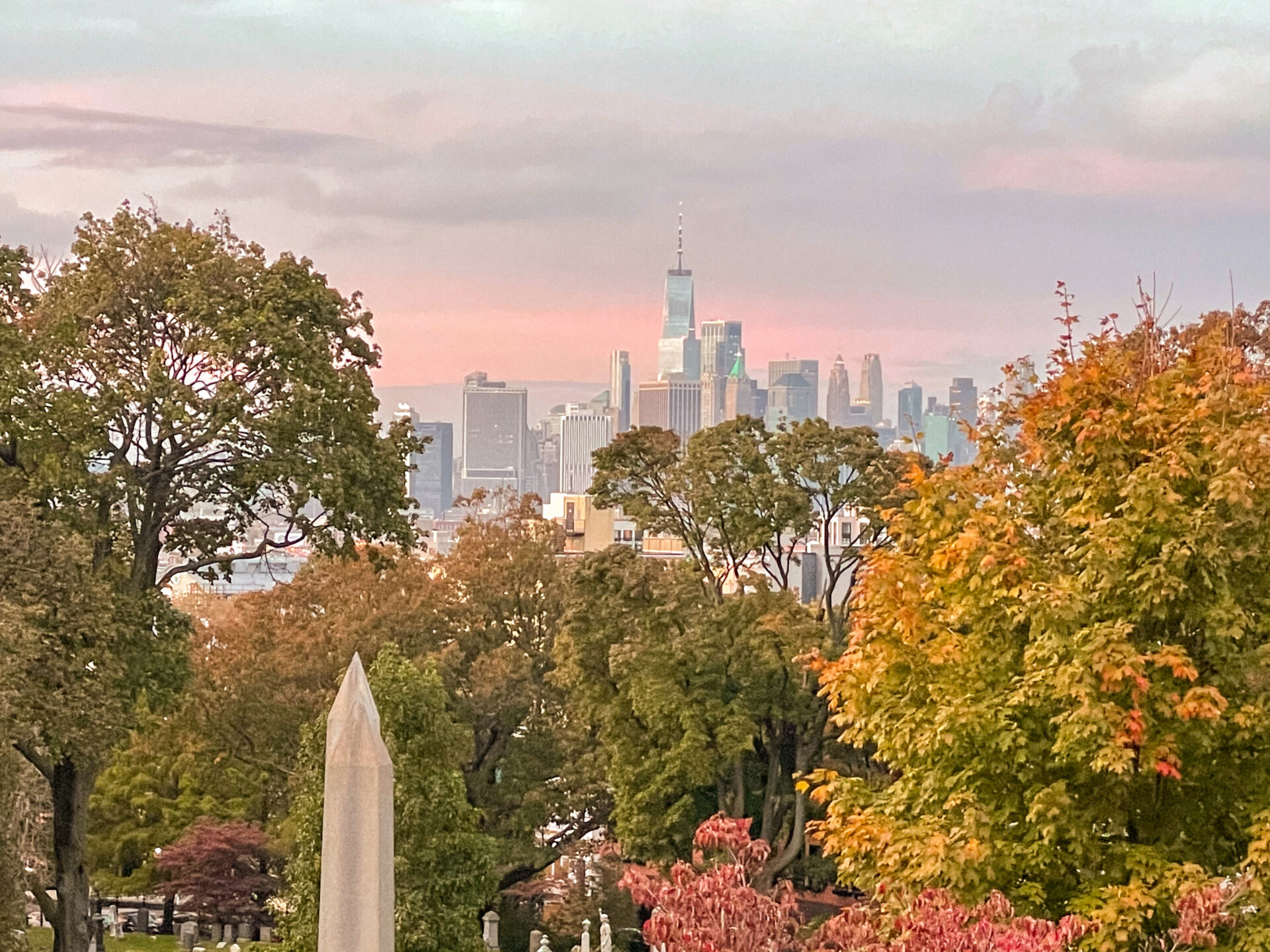
Despite its sprawling landscape, Green-Wood Cemetery is conveniently nestled among the lively neighborhoods of Park Slope, Sunset Park, South Slope, and Kensington. It’s also just a short walk from Barclays Center and Prospect Park—yes, it’s that expansive.
There are four entrances to the cemetery. However, the main entrance (shown above) is the best place to start. This is where you’ll find an information desk and where guided tours commence, along with the stunning Gothic-style gates depicted above.
Here’s how to get to the main entrance:
- By Train: Take the R train to 25th Street. It’s just one block away from there.
- By Walking: You can easily make your way from the bustling Atlantic Terminal, which is served by numerous trains, including the LIRR. However, unless you’re in top shape, I would recommend saving your energy for exploring the cemetery since it covers such a large area.
- By Car/Uber: To reach the main gates, simply plug in “25th Street and Fifth Avenue, Brooklyn, NY” into your GPS. There is free parking available within the cemetery.
All Entrances & Hours at Green-Wood Cemetery
The main entrance of Green-Wood Cemetery is open daily from 8:00 AM to 5:00 PM, and admission is free! If you’d like to explore before opening hours or after closing time, consider participating in one of the many special guided tours mentioned earlier.
Once again, Green-Wood Cemetery features four entrances:
- Main Entrance: This is located at 5th Avenue and 25th Street. It is the most prominent and iconic entry, marked by a grand Gothic Revival archway.
- Fort Hamilton Parkway Entrance: Located at Fort Hamilton Parkway and Micieli Place (close to 35th Street), this is a quieter entry point that allows access from the west side of the cemetery.
- Prospect Park West Entrance: Found at Prospect Park West and 20th Street, this entrance provides access from the east, near Prospect Park.
- Fourth Avenue Entrance: Situated at Fourth Avenue and 34th Street, this entrance is less commonly used but convenient for visitors coming from certain directions.
Experiences & Tours at Green-Wood Cemetery
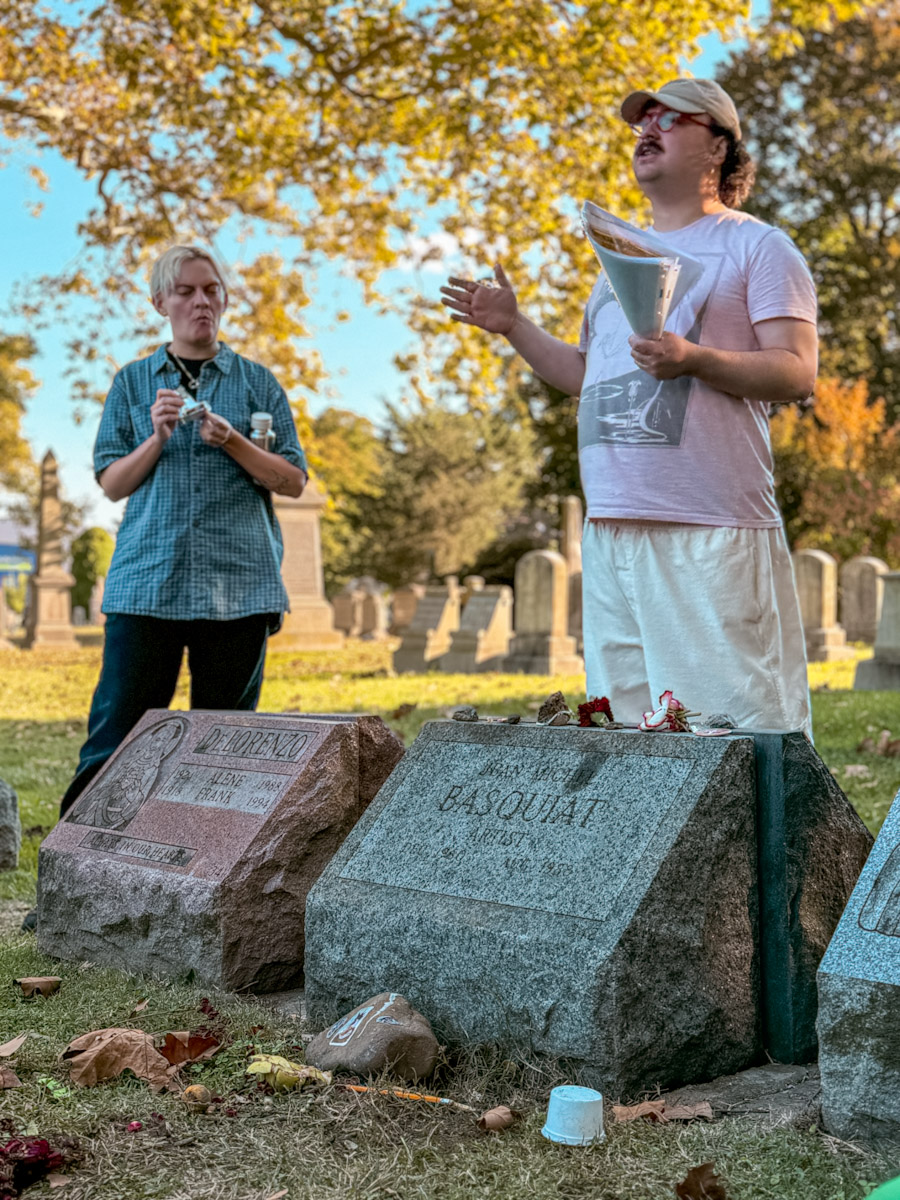
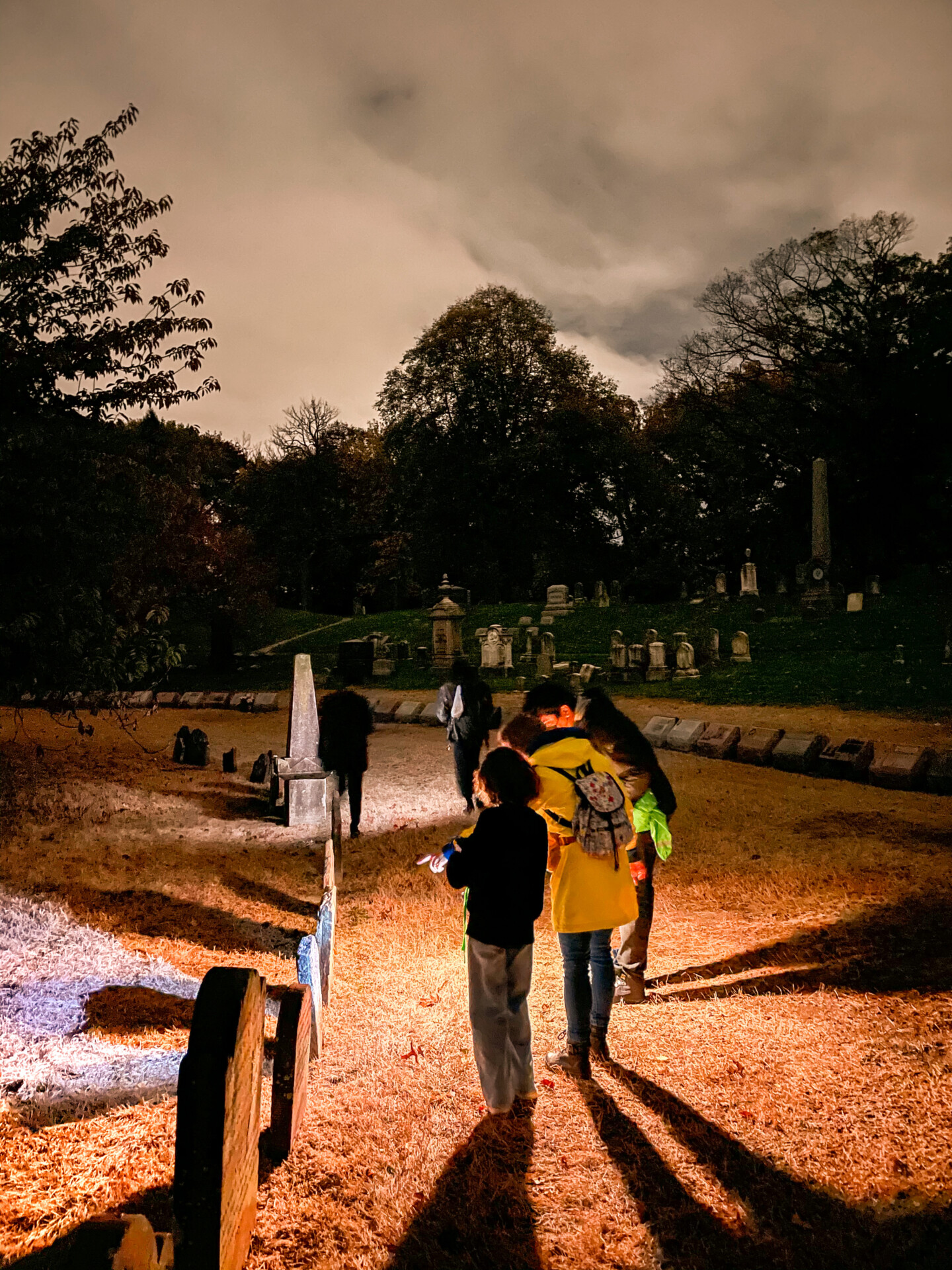

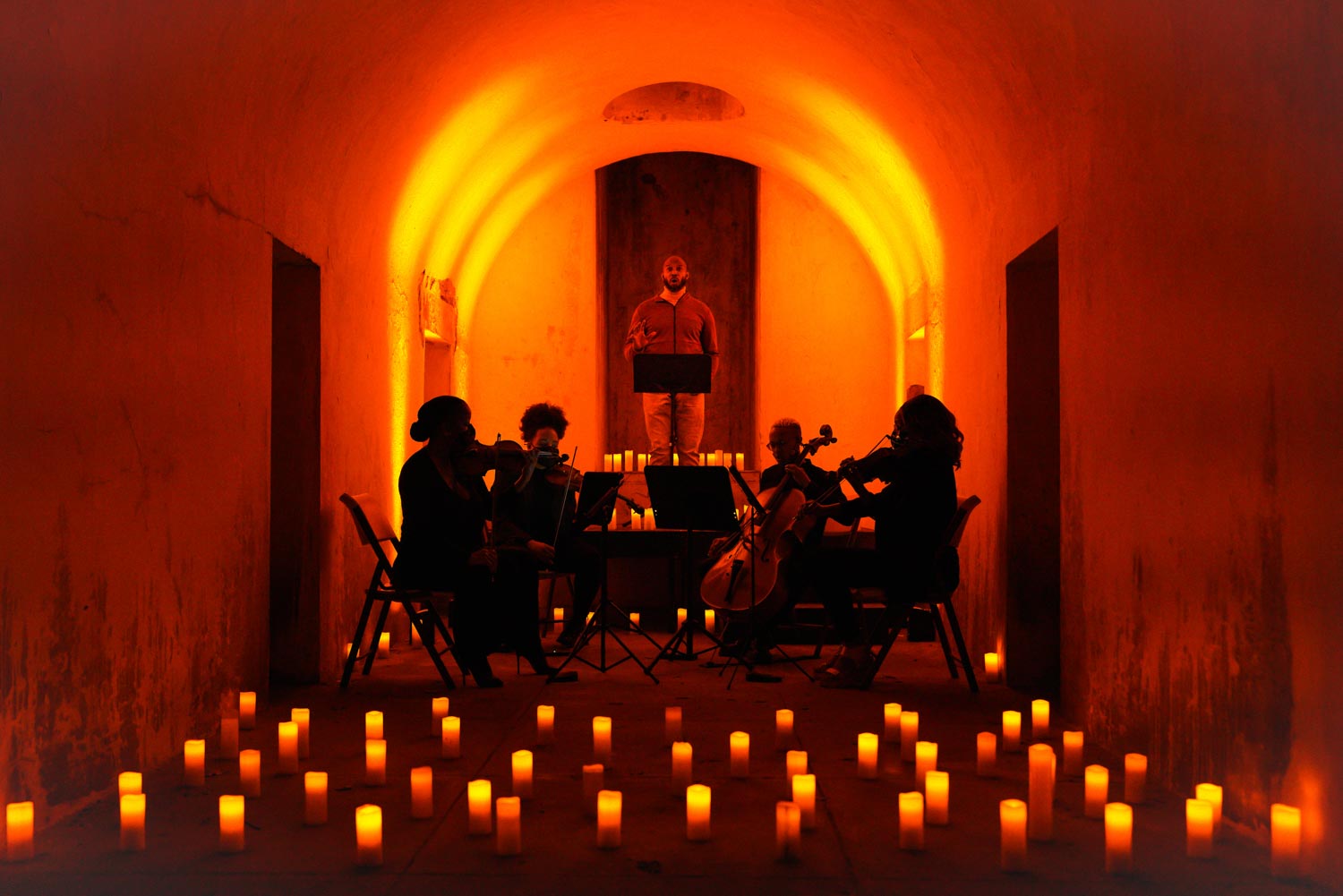
Participating in a guided tour of Green-Wood is an essential experience. It’s one of the best ways to fully appreciate the cemetery, especially for those with an interest in history and storytelling. I went on three guided tours that took me through the hidden gems of the cemetery while providing expert insights.
Here are a few recommended tours and experiences:
- Green-Wood After Hours – I participated in this nighttime tour, and it was undoubtedly one of the most unique experiences in NYC. We even ventured into the catacombs at night with flashlights. The stories shared by the guides about intriguing individuals interred here and the lives of New Yorkers in the 1800s captivated me. Given the size of Green-Wood, I could never have discovered those beautiful paths on my own!
- Discover Green-Wood Trolley Tour – Ideal for those who cannot walk long distances or when it’s chilly outside.
- Birding in Peace – If you’re a nature enthusiast, come to witness the unique bird ecology that thrives in the cemetery.
- Walking Tours like the Post-Thanksgiving Walking Tour, Women Who Walked Ahead, or Green-Wood’s Greatest Hits.
- Concert in the Catacombs – Attend performances such as jazz concerts.
The offerings at Green-Wood Cemetery vary by season, so be sure to check their event calendar for current tour options.
However, participation in a tour is not required to enter Green-Wood Cemetery. You can explore at your own pace, and here’s a PDF map of the cemetery that you can save to your phone!
What Makes Green-Wood Cemetery Unique?
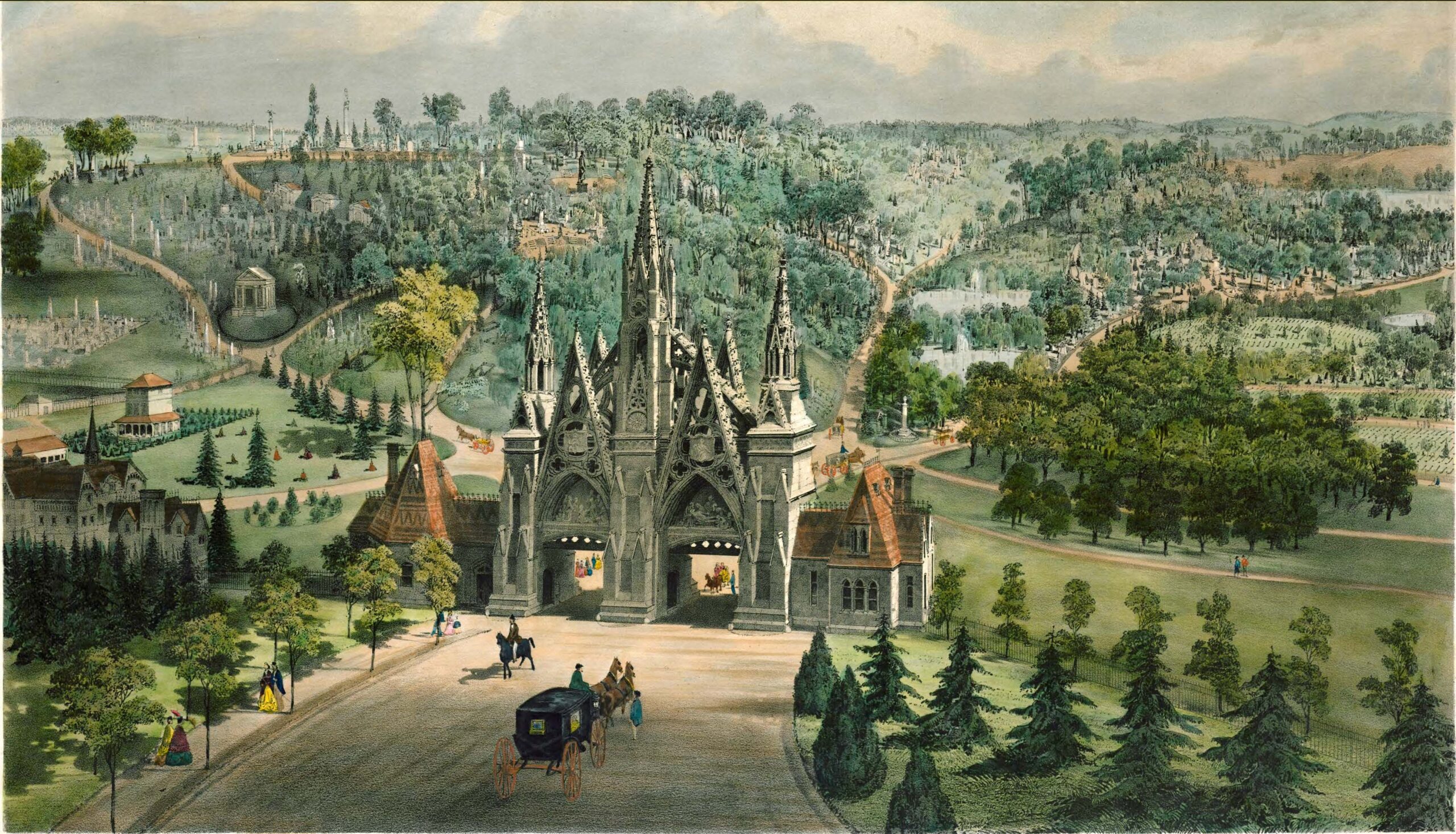
“Green-Wood still has the ability to make you feel like you’re the only one around. Even if you’re in the middle of Brooklyn… That alone is a huge draw for all of our visitors.”
-Neela Wickremesinghe, Manager of Preservation & Restoration
Green-Wood Cemetery is much more than a burial site; it features natural parkland, resembles a museum, and includes sculpture gardens, among other attractions. When you consider all these elements together—combined with its collection of nineteenth-century architectural marvels—Green-Wood stands out for its beauty and historical significance. Its design tells a remarkable story, making it resemble something from Victorian London or Paris with its stunning mausoleums and crypts. Today, Green-Wood Cemetery honors the dead while preserving local heritage and enhancing natural beauty.
Fun Fact: It is also home to Brooklyn’s highest natural point: Battle Hill, the site of the first major battle in American independence on August 27, 1776.
Intriguing History & Facts About Green-Wood Cemetery
Offering a sanctuary from the bustle of urban life for both tourists and locals, Green-Wood provides an enlightening glimpse into the history of New York City.
1) Understanding New York in the 1800s & The New Concept of Cemeteries
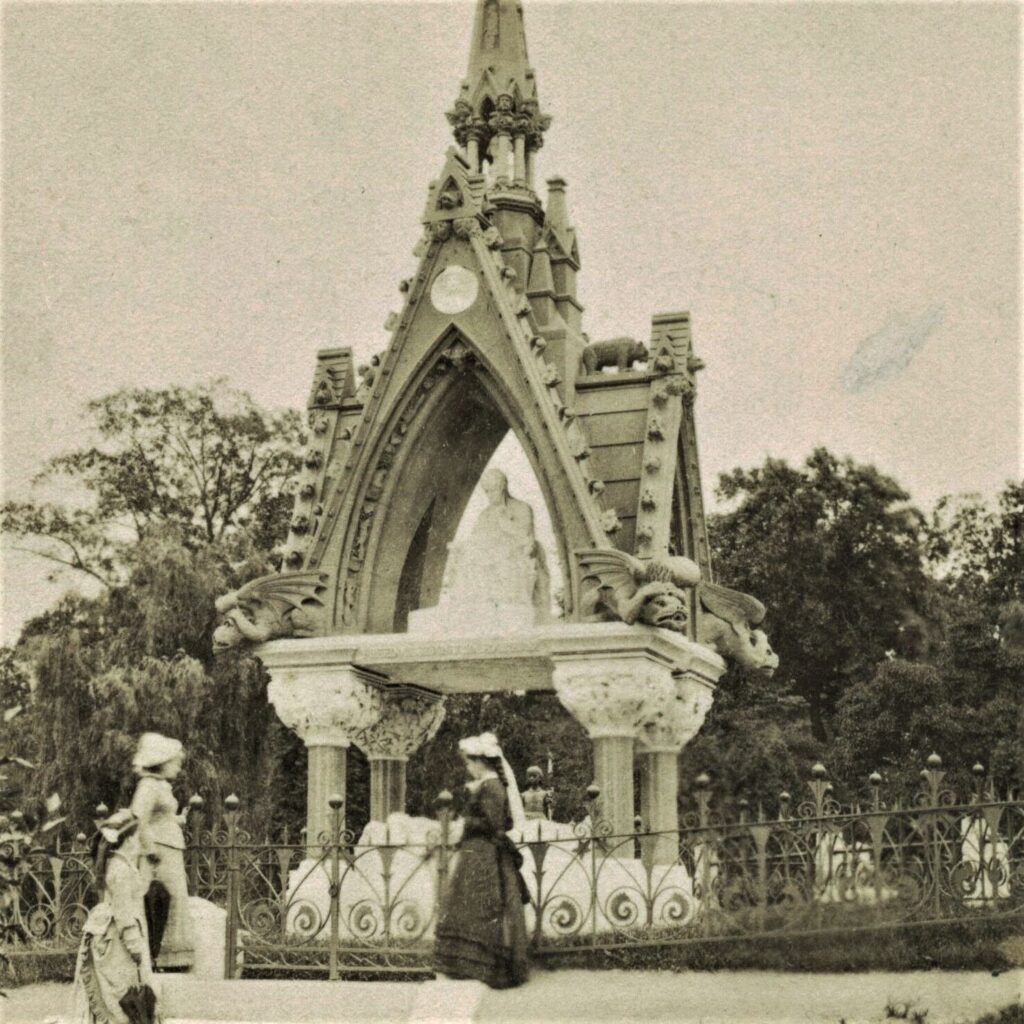
Green-Wood Cemetery was founded in 1838, at a time when Brooklyn was a separate city and Manhattan’s population was rapidly growing. The increasing number of annual burials overcrowded Manhattan’s limited burial spaces, leading to a ban on interments in the area. The Rural Cemetery Act was subsequently introduced. But where would people go? At the time, Brooklyn felt very distant, especially considering that the Brooklyn Bridge and the subway system that connects Manhattan to Brooklyn were built decades later.
Traditionally, residents of Manhattan buried their loved ones in churchyards or potter’s fields. The notion of a large cemetery dedicated to interments was foreign to them. However, as the city expanded, so did the demand for burial space. Reluctantly, many turned to this pastoral area of Brooklyn, and Green-Wood Cemetery quickly became a cornerstone of the rural cemetery movement.
Fun Fact: This shift explains why there are now numerous cemeteries throughout Brooklyn and Queens, an area often dubbed the “Cemetery Belt.”
2) It Was New York City’s Main Attraction & Inspired Central Park
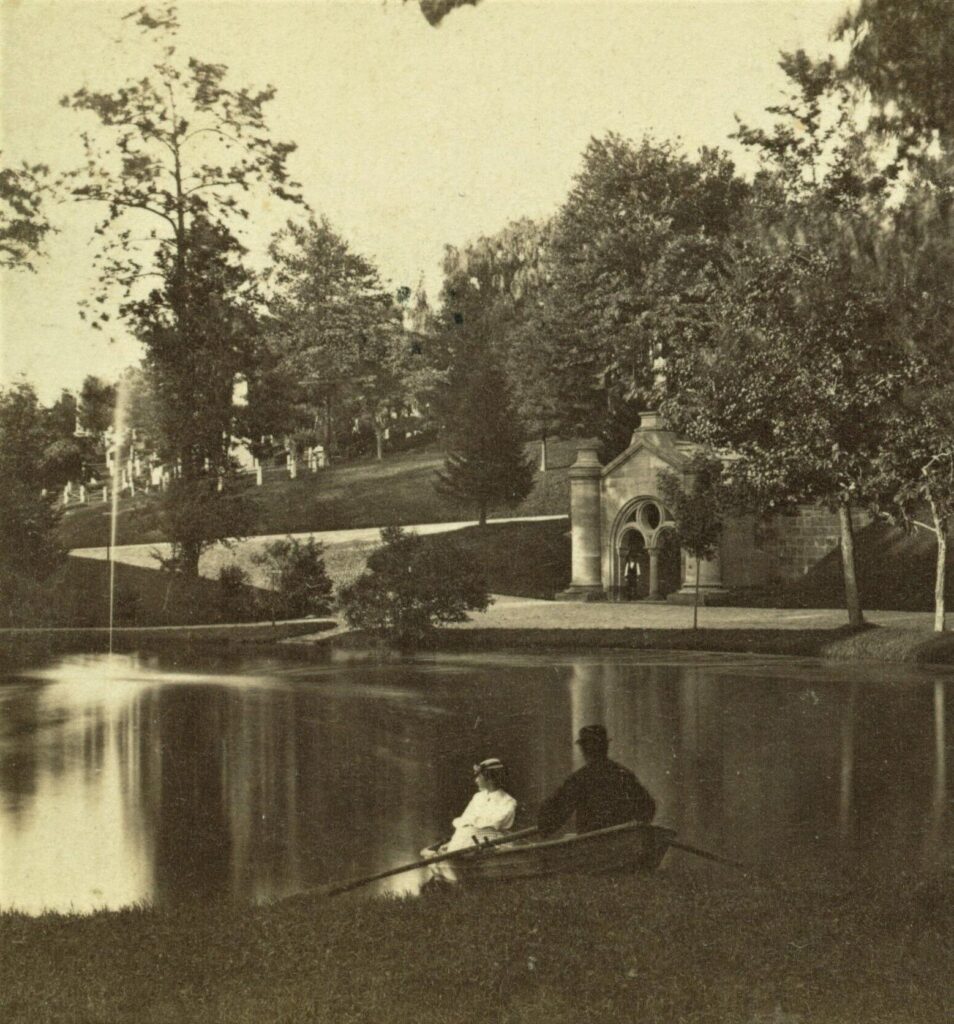
“[Green-Wood became] the precursor of public parks in New York City.”
Jeff Richman, Green-Wood Historian
At that time, Central Park, Prospect Park, and the Metropolitan Museum of Art had not yet been established. Green-Wood Cemetery became New York City’s main attraction, drawing over half a million visitors annually. By 1860, it ranked as New York State’s second most popular destination, after Niagara Falls. Consequently, it was not uncommon to see tourists, locals, and mourners sharing the same space enjoying picnics, further contributing to Green-Wood’s legacy as a template for the construction of Central Park in Manhattan.
3) Green-Wood’s Four Historic Landmarks
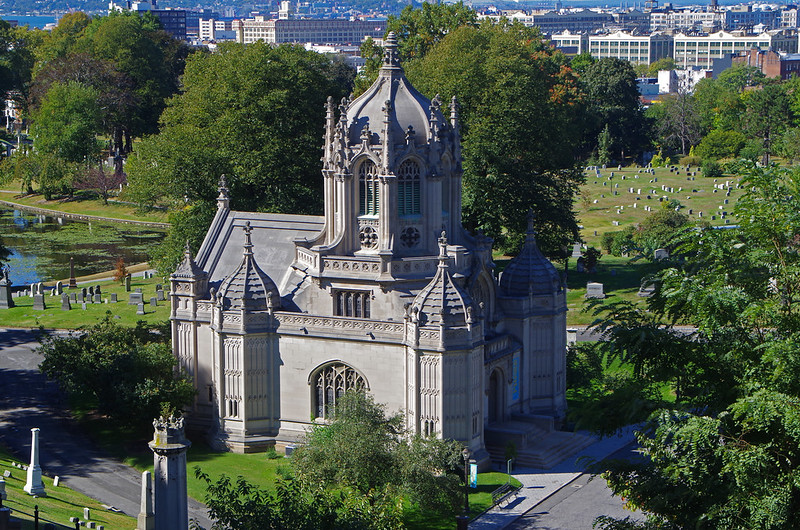
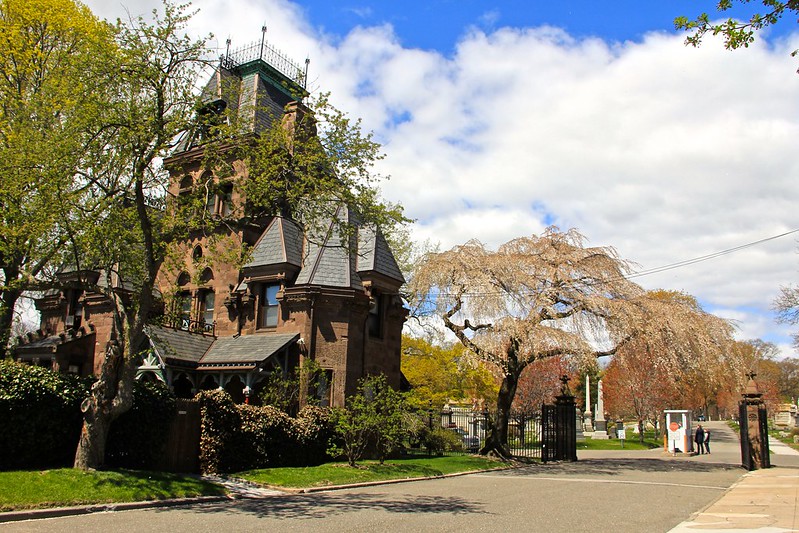
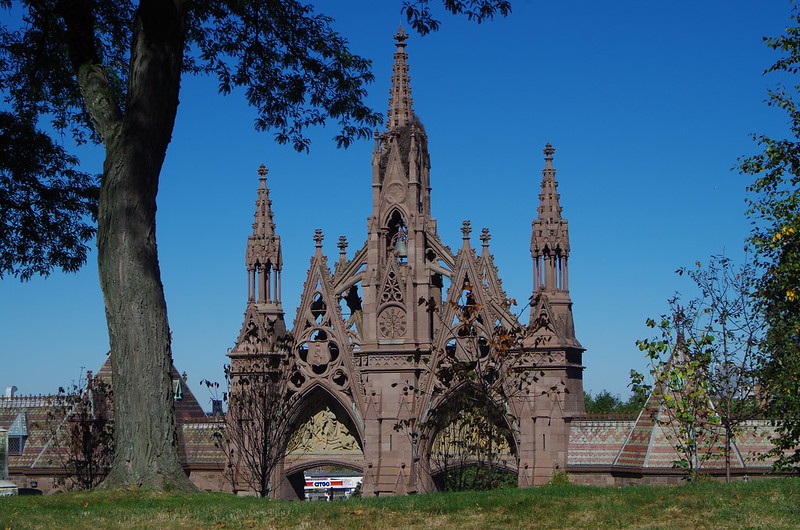
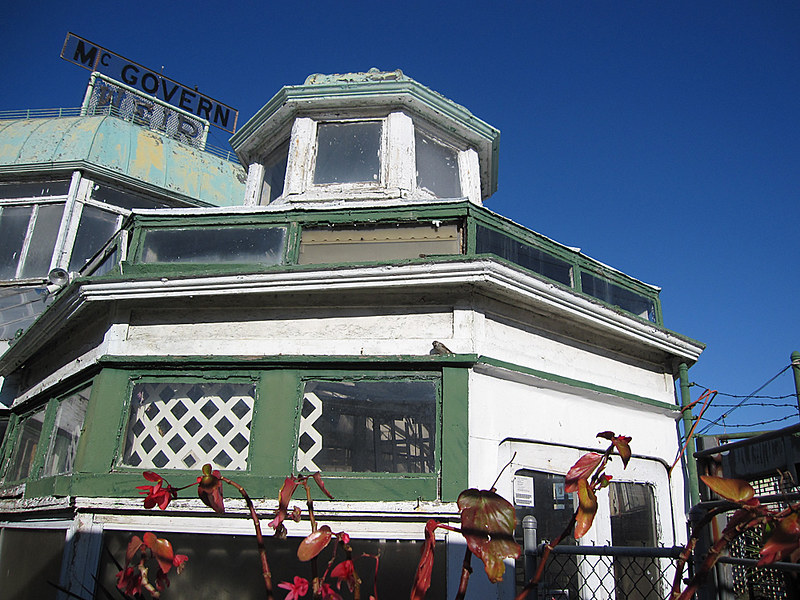
Green-Wood Cemetery boasts four designated National Historic Landmarks rather than being designated as a single landmark, which allows it to maintain some autonomy. Be sure to add these noteworthy locations to your must-visit list when exploring the cemetery:
4) The Monk Parakeets of Green-Wood Cemetery
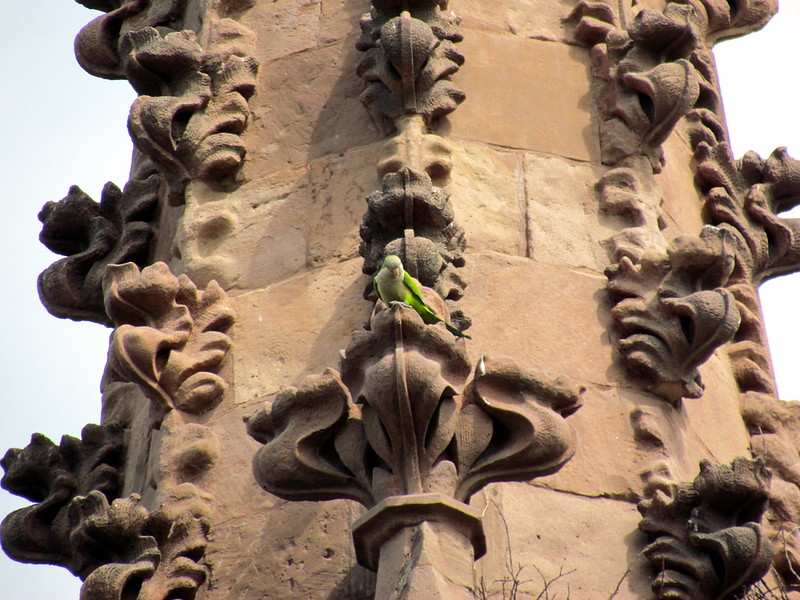
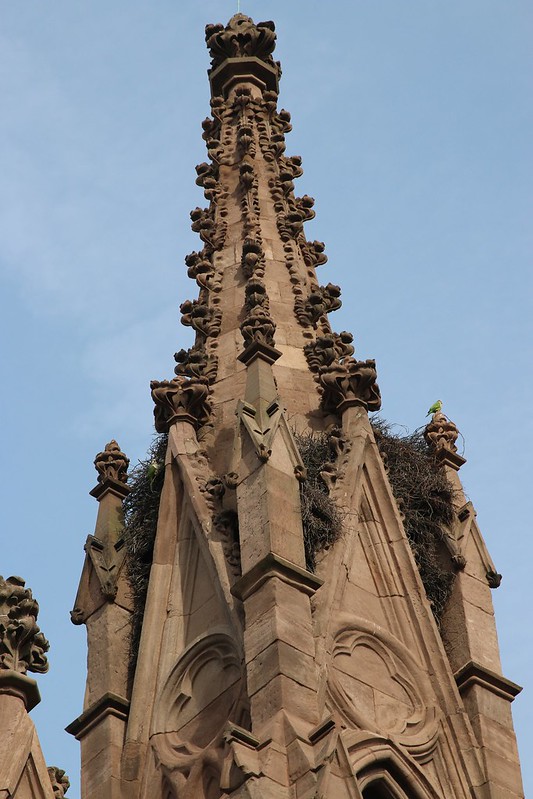
As you enter through the grand gates, you may notice several large nests nestled between the flying buttresses, belonging to escaped Monk Parakeets that have claimed the cemetery as their home for over a century! The precise origin of these colorful birds from South America remains a mystery, with one theory suggesting they escaped from cages aboard a cargo ship. Bird lovers should keep an eye out for these lively residents as they enter the cemetery.
5) Other Fun Historical Facts About Green-Wood
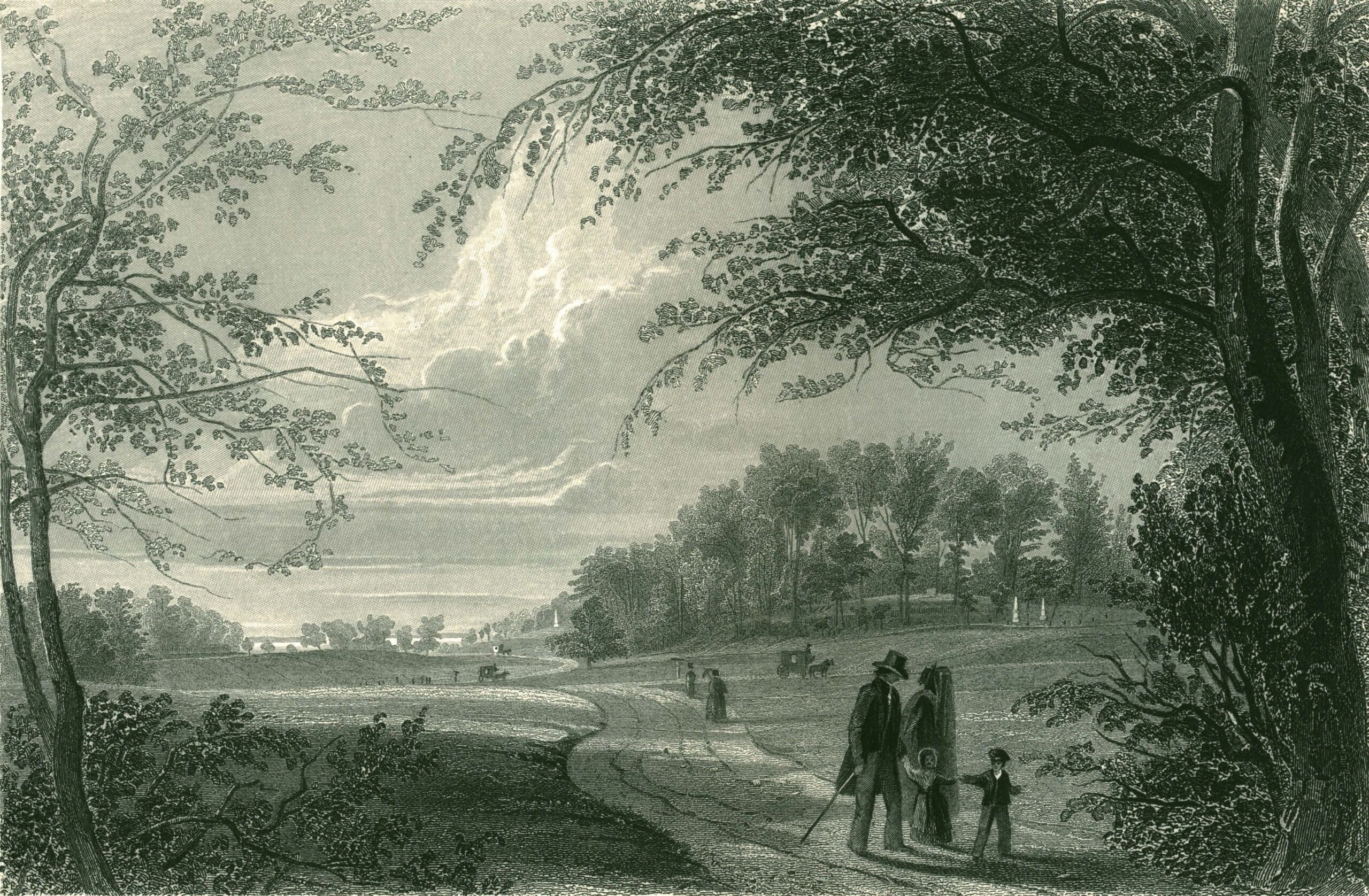
- Green-Wood Cemetery was established during the Victorian era.
- The local landscape features winding paths and a multitude of sculpture gardens.
- Today, over half a million individuals have been interred here.
- Initially, Green-Wood struggled to attract clientele until influential Governor De Witt Clinton was laid to rest there.
- Originally, it served as a White Anglo-Saxon Protestant cemetery, intended for an elite population considered to have a “clean reputation.” This has evolved significantly over time, as you’ll read regarding Boss Tweed.
Notable Figures Buried at Green-Wood Cemetery
Green-Wood Cemetery is the final resting place of numerous famous individuals, including former politicians, artists, musicians, and more. Here are a few of the most distinguished residents:
1) De Witt Clinton
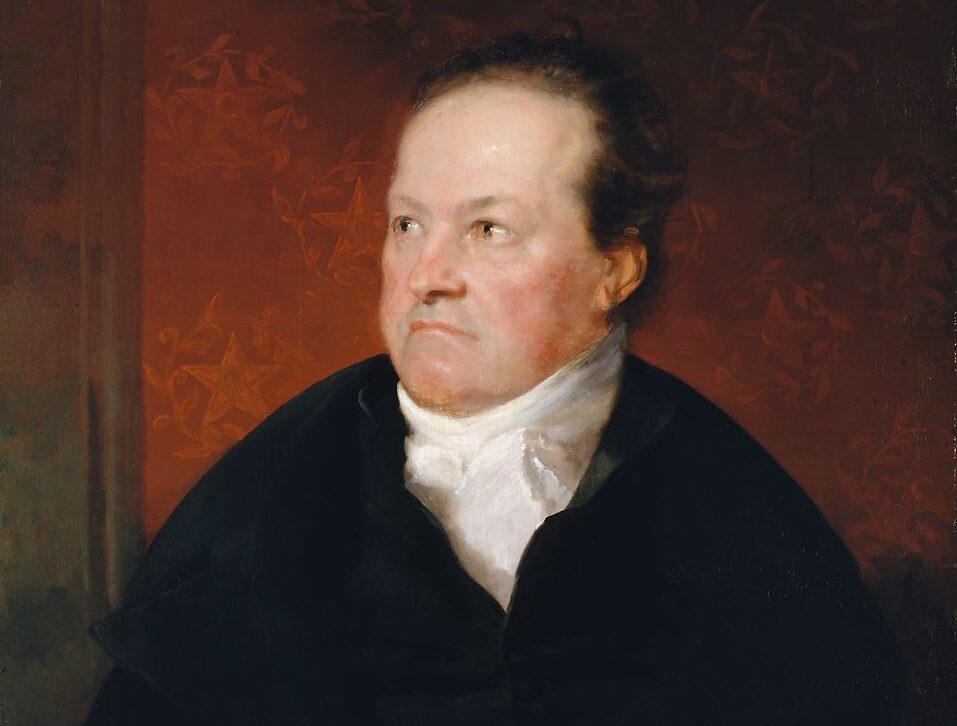
De Witt Clinton was a key political figure in early American history, especially in New York State. He served as Governor of New York, a New York Senator, and even as the Mayor of New York City. Clinton is well known for initiating vital infrastructure projects across New York, including the Erie Canal and Brooklyn’s Green-Wood Cemetery, where he was eventually interred ten years after his passing in 1828.
2) Jean-Michel Basquiat
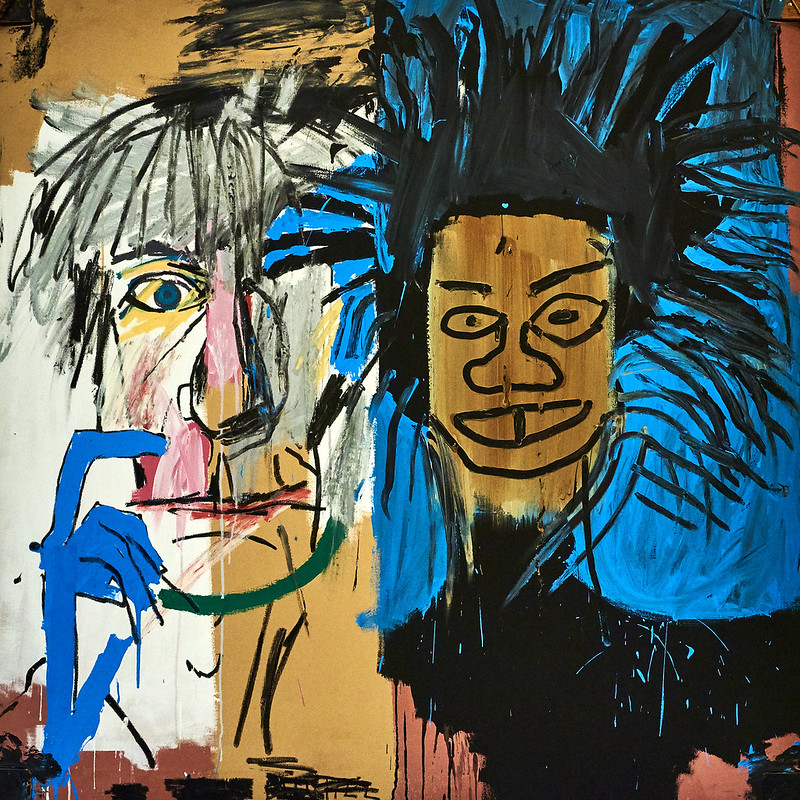
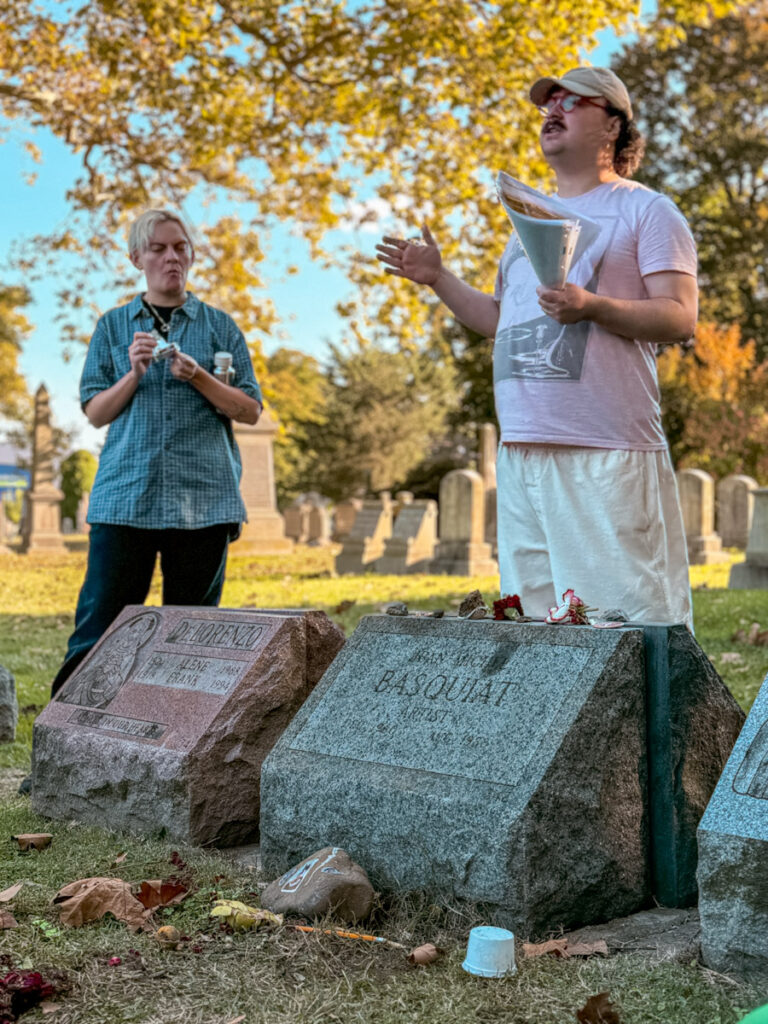
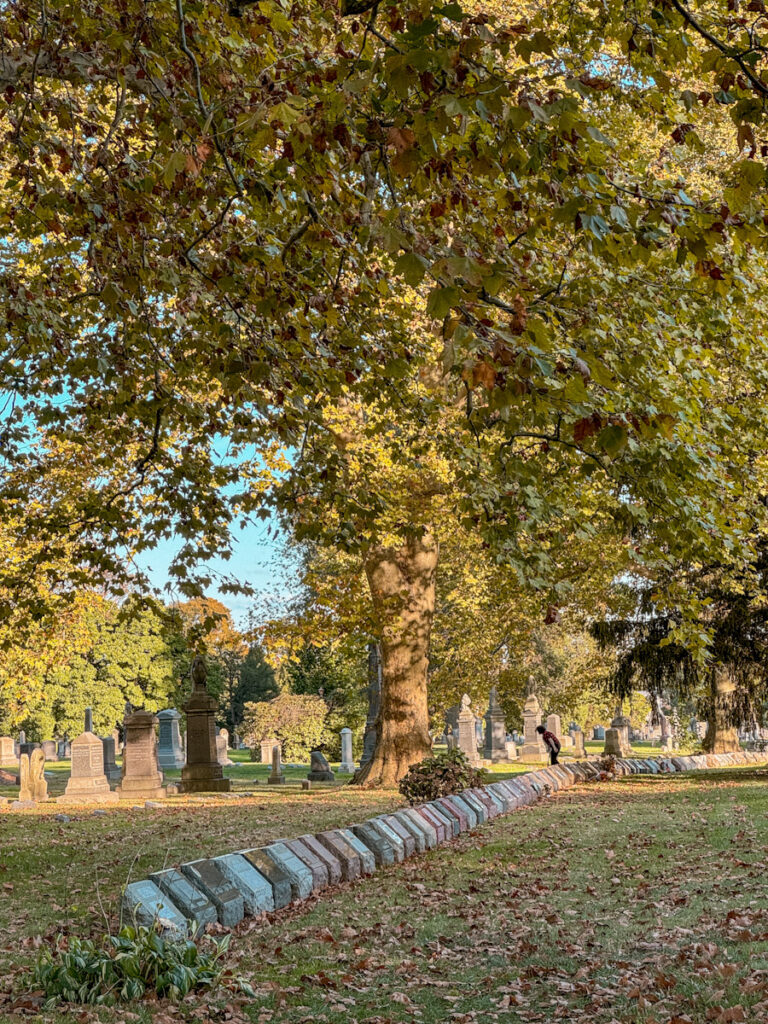
Jean-Michel Basquiat (1960–1988) was a groundbreaking Neo-Expressionist artist, born in Brooklyn to a Haitian father and a Puerto Rican mother. He began his career creating graffiti as a teenager before moving on to painting and fine art. His fame skyrocketed later in life through collaborations with renowned artists like Andy Warhol and Jean-Paul Goude. One of his most celebrated works, “Dustheads,” sold for over $110 million at auction following his tragic death from a heroin overdose in 1988. Although he was only 27 when he passed, Jean-Michel Basquiat remains one of New York’s most significant modern artistic figures—an innovator whose style continues to influence contemporary art.
3) Leonard Bernstein
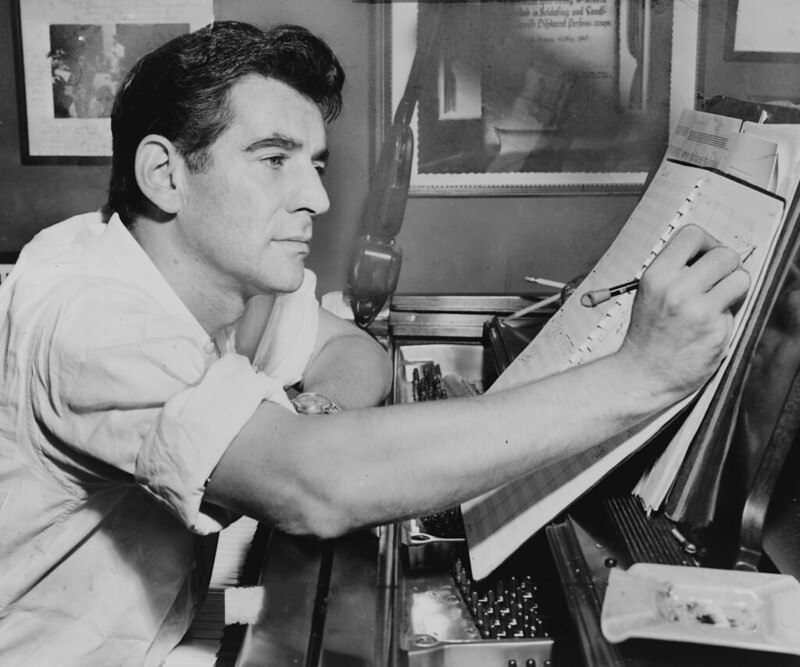
Leonard Bernstein (1918-1990) was a brilliant composer, conductor, and pianist who also gained fame as a TV personality known to millions as the host of “Young People’s Concerts” and later “Omnibus” on PBS. He conducted orchestras worldwide and is best known as the music director of the New York Philharmonic from 1958 to 1969. Bernstein played a pivotal role in shaping musical culture in America and beyond during his lifetime.
4) Boss Tweed
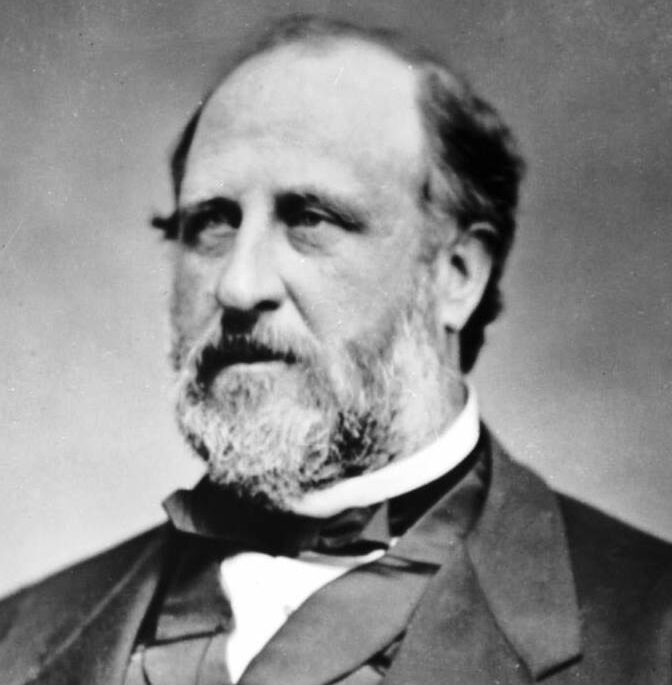
William Magear Tweed (1823-1878), famously known as Boss Tweed, was an influential American politician notable for being the powerful and corrupt leader of Tammany Hall, New York City’s Democratic Party political machine. Upon being elected head of Tammany Hall in 1871, he rose to infamy as one of America’s most notorious political bosses, exercising control over the political landscape in partnership with crime boss Big Tim Sullivan. During their leadership, Tammany Hall evolved into a major political powerhouse that allowed them to profit significantly from public contracts. Tweed also served as a Congressman (1852) and New York State Senator (1867).
5) Violet Oakley: Pioneering Lesbian Artist
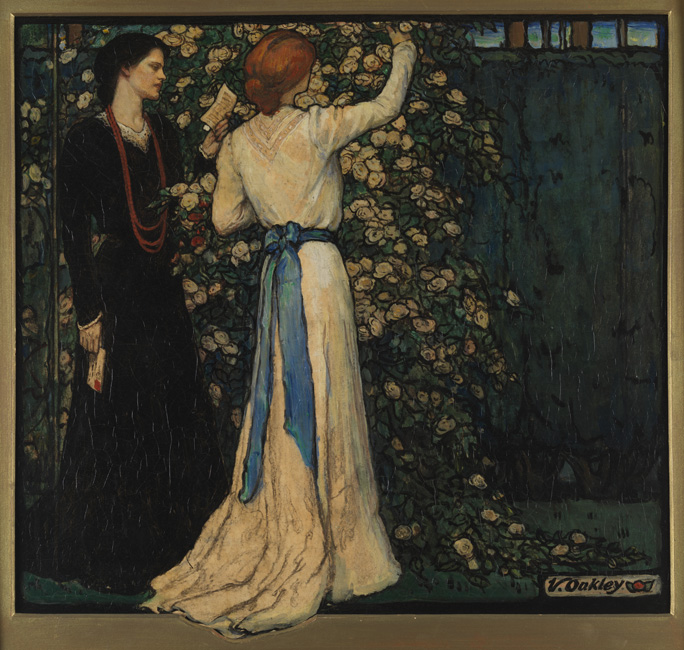
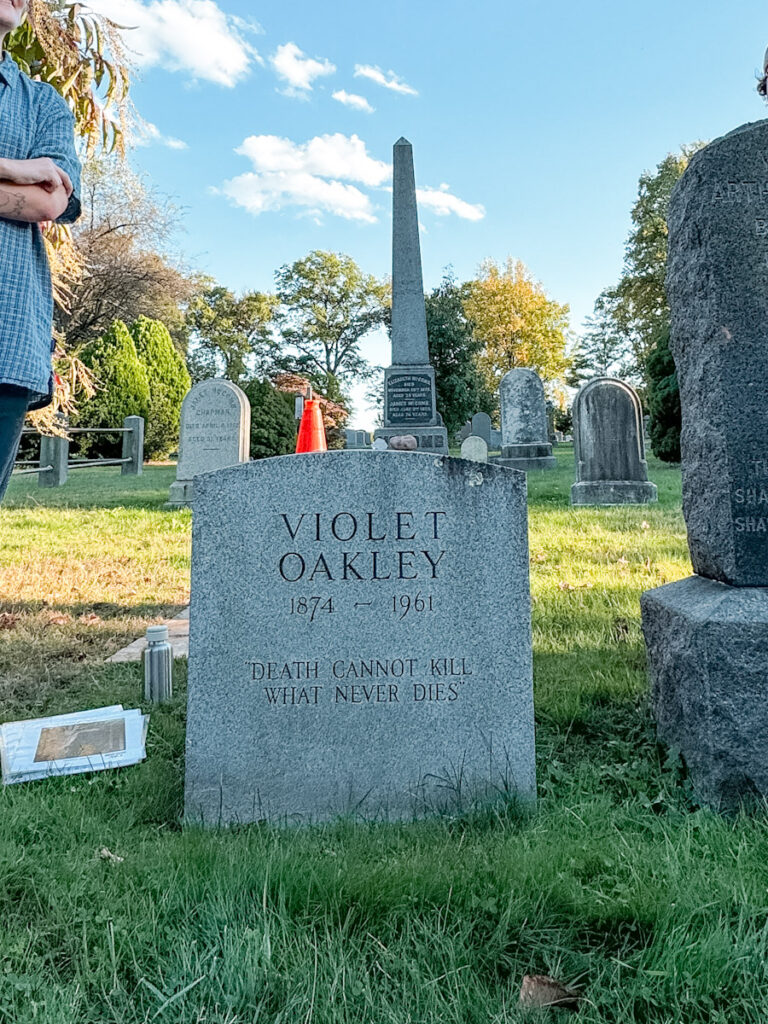
Violet Oakley (1874-1961) was an influential artist recognized during the American Renaissance. Beyond being an acclaimed muralist, illustrator, and designer, Oakley was also a prominent advocate for equality, peace, and women’s rights. She lived with fellow artist Edith Emerson for over 45 years, with their relationship widely acknowledged as a lesbian partnership, marking her as an early member of the LGBTQ+ community. Oakley’s legacy lies not only in her excellent artistic contributions but also in her quiet refusal to conform to the societal norms of her time, embracing both her identity and her talents.
6) Charles Ebbets
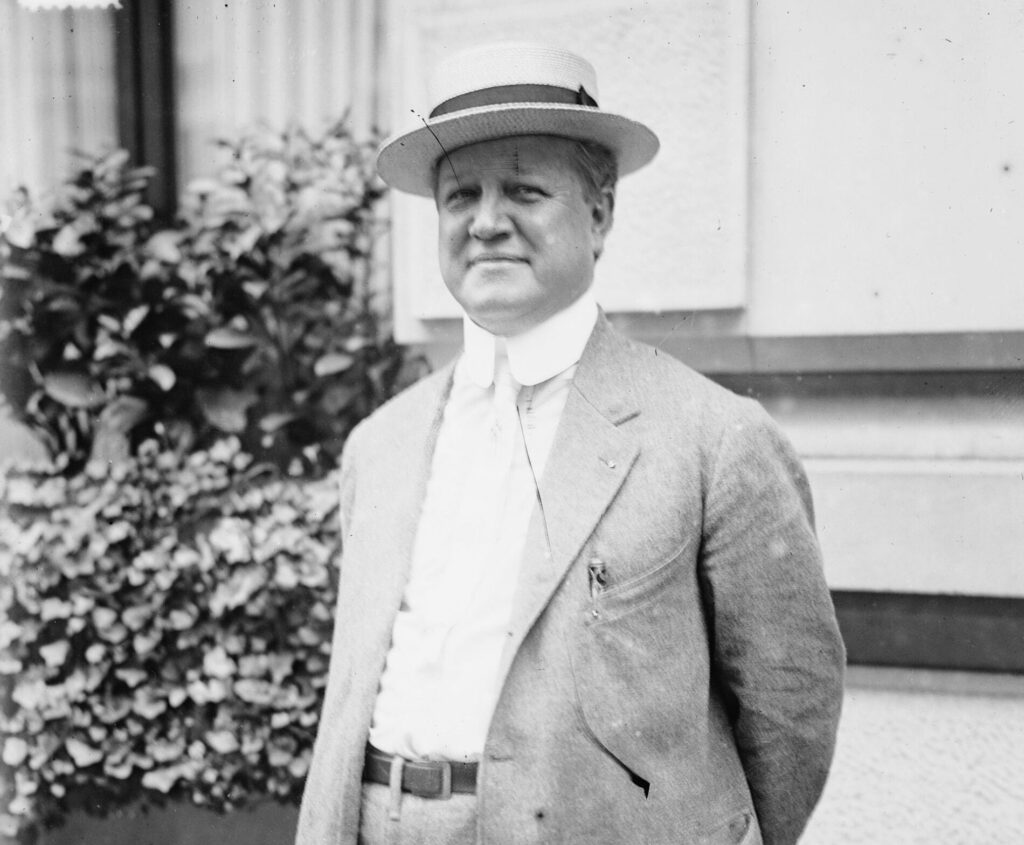
Charles Ebbets (1857-1925) was the owner of the Brooklyn Dodgers from 1902 to 1920. He played a crucial role in establishing the Dodgers as one of the most formidable teams in baseball, leading them to six National League pennants and one World Series championship in his first decade as owner.
About Dominican Abroad
Dominican Abroad is a travel and culture media platform based in NYC. Follow us on Instagram @DominicanAbroad for updates and more. You can also subscribe to our newsletter for monthly insights on travel and culture.



